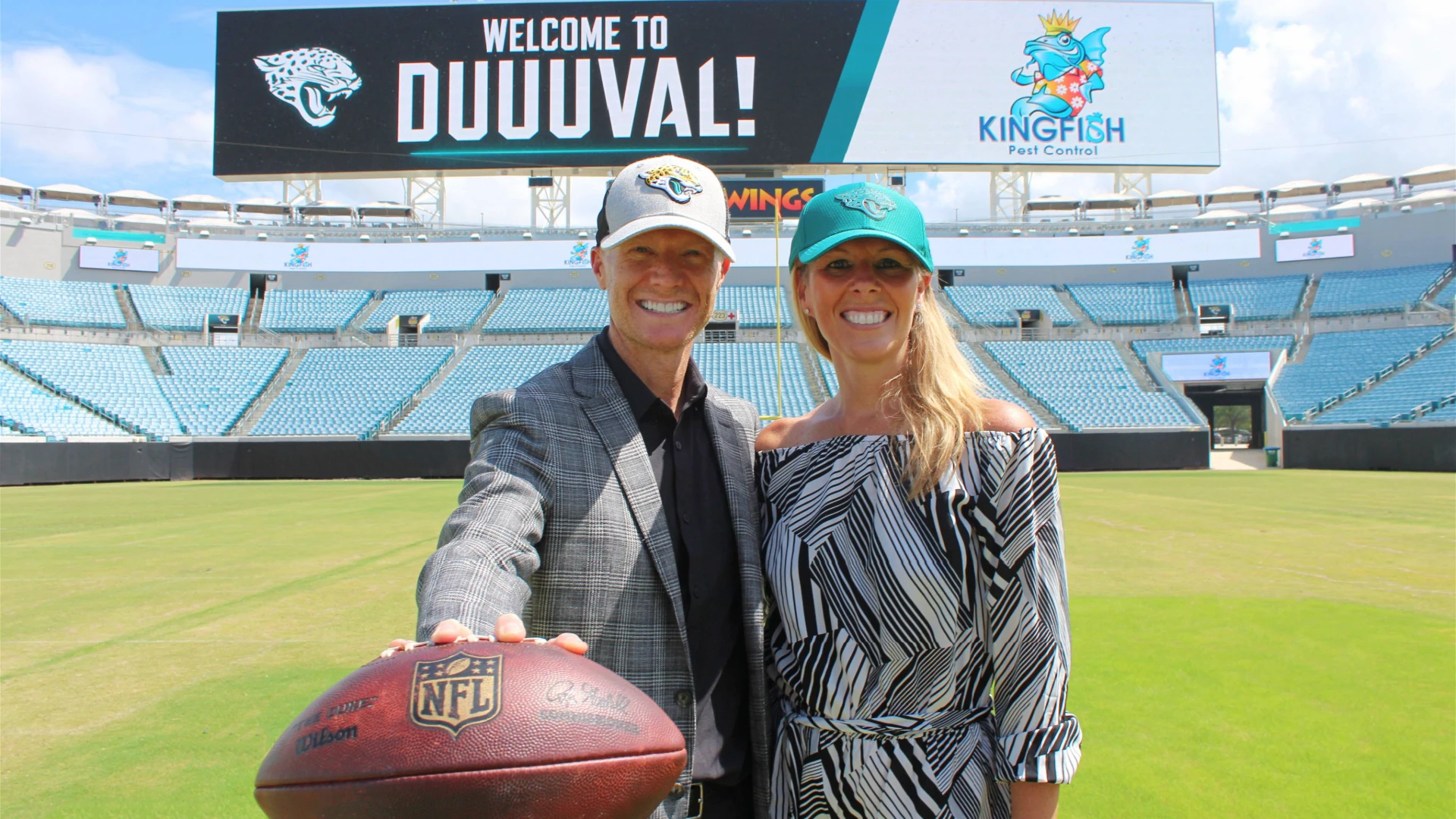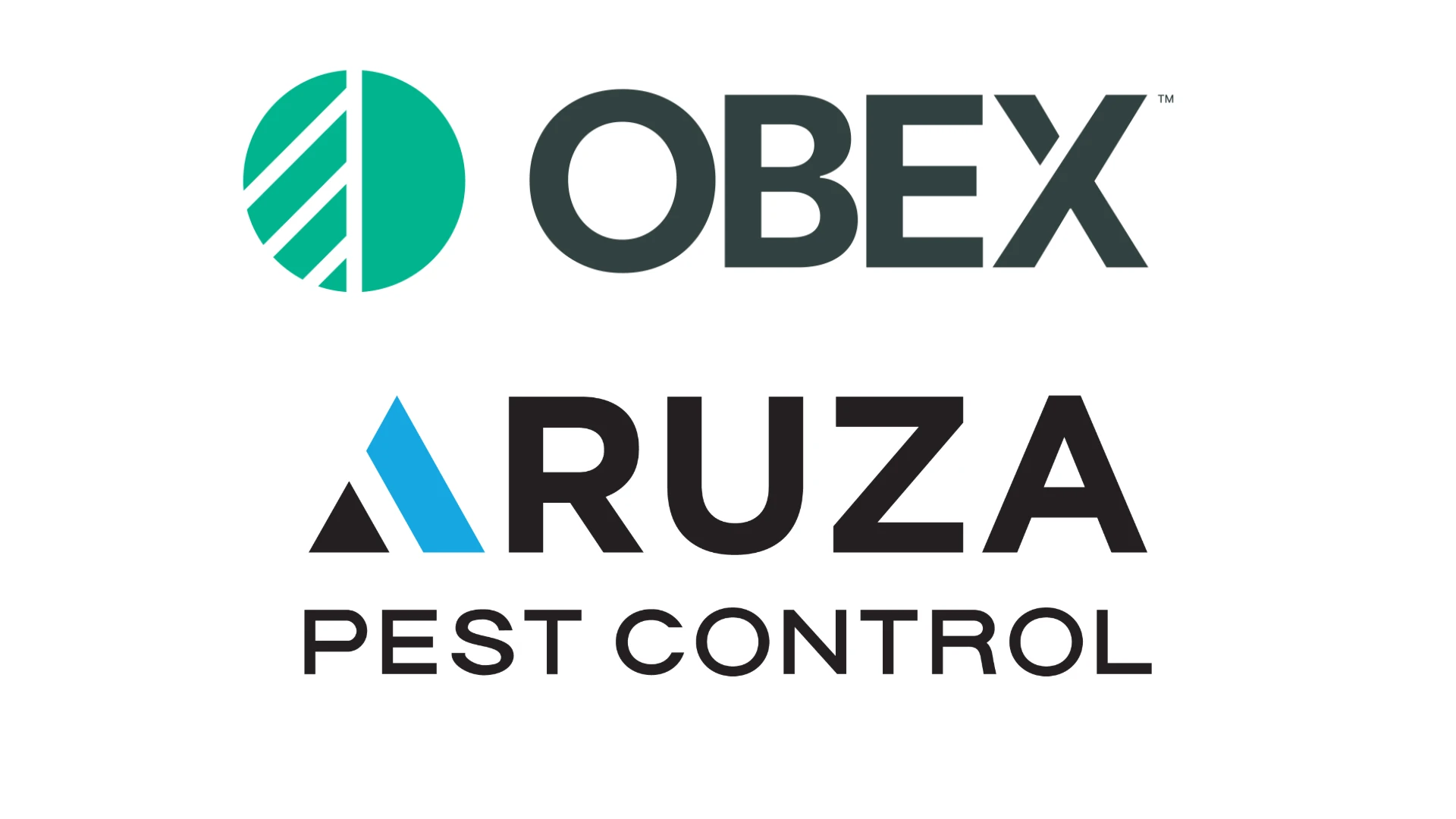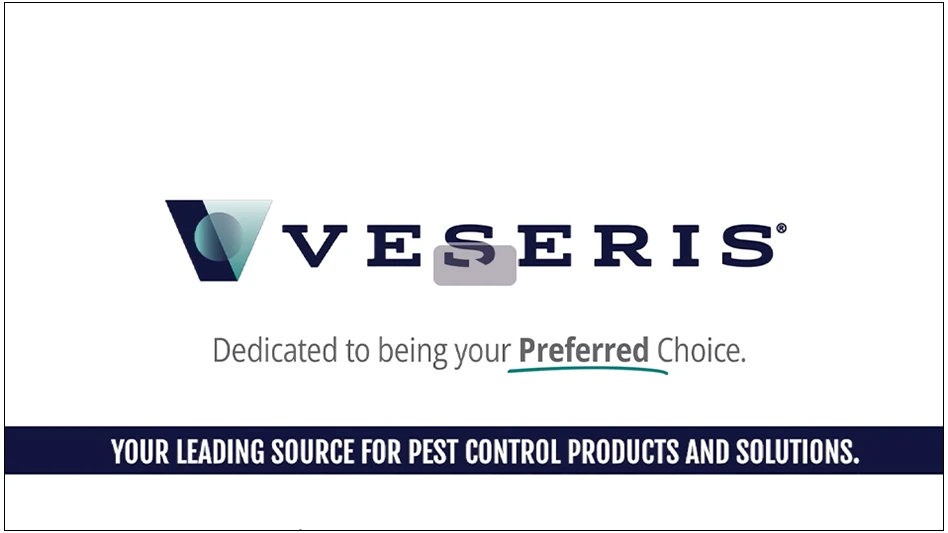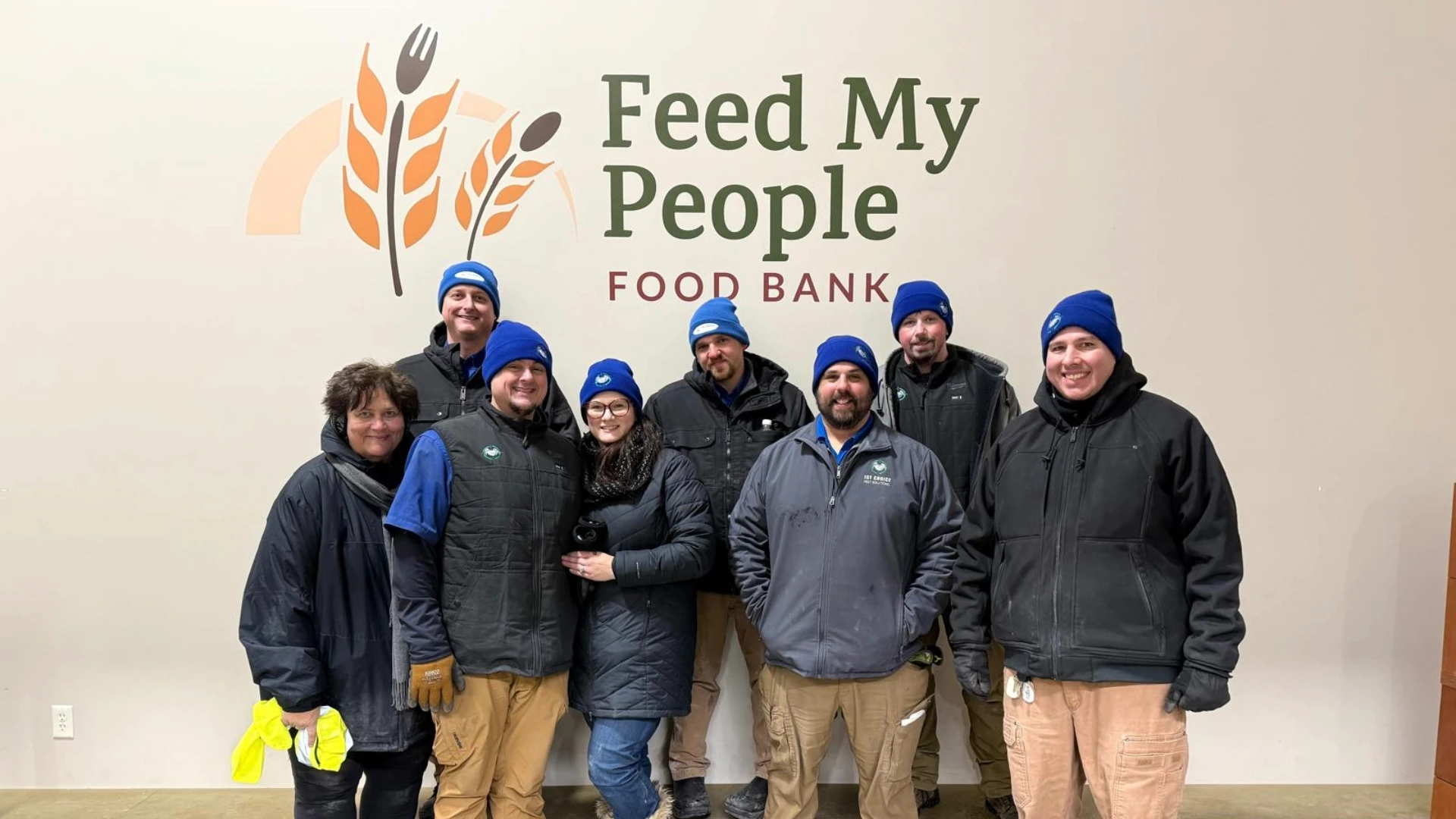For generations of Americans, bed bugs meant no more than a good night saying to a child: "Sleep tight. Don’t let the bed bugs bite." But over the last decade, this insect, which had been virtually eradicated in the U.S., has once again become a reality, with little consideration for geography, income or structure type.
In fact, a facility doesn’t need to have a single bed to be subject to bed bug infestation. Bed bugs are transported in people’s belongings and on their clothing, so they can be carried into virtually any establishment. Bed bugs typically first infest hotels; then successive hotel guests carry the bugs home.
From there, it is simply a matter of time until an employee from an infested home brings bed bugs to work — in a purse, a backpack or clothing stashed in a locker. Then, as in the hotel scenario, the bed bugs will move from one locker to the next, drop into other employees’ belongings, and hitch rides home to start new populations.
One of the bed bug’s most advantageous survival characteristics is its infrequent feeding. A bed bug can live for several months without food. In addition, most people never feel the bed bug bite, so they may not realize there is a problem — until it becomes a major problem.
On the bright side, the bug’s slow movement and preference for dark, quiet places make it unlikely that it would move into food areas of plants. However, the dark quiet spaces in, behind and between lockers; padded benches upon which employees sit to change; and chairs where they take breaks or sit for lunch provide sufficient shelter for the bugs to hide until they can hitch a ride to the next meal. Even more good news is that, while we have received reports of bed bugs in food plants, it is not a widespread phenomenon, and even major infestations can be eradicated — and prevented.
Develop a Plan. Because there is often a stigma associated with bed bugs, it is important that PMPs advise plant managers to educate employees, encourage open communication and avoid placing blame. Here’s how food facility clients need your help in regard to creating a comprehensive bed bug plan:
• Educate all food plant employees on what bed bugs are, how to recognize the signs and symptoms, how to avoid them and what to do if they identify or suspect a problem.
• Encourage employees to advise management of any known or suspected bed bug activity in their homes or at work. Assure them that no blame will be assigned and reiterate the importance of early communication and detection.
• If bed bug activity is found in the plant, disclose the issue to all employees and tell them to immediately notify you, the pest management professional.
• Create a flow chart tracking the areas where affected employees (those with bed bug activity in their areas/lockers) work in the facility so all these areas and common areas can be included in an inspection by the pest management professional.
• Facility management and the pest management provider should discuss treatment options. Initial treatments may be limited to non-chemical measures such as vacuuming, steam or cryonite.
• Food plant management should consider proactive containment measures to prevent additional introduction of bed bugs into the facility or from the facility to employee homes. For example, air-tight totes can be used to store all personal items upon arrival to work. This will contain any bugs that are present on personal items and prevent bugs in the workplace from going home in personal items.
• Food plant management should consider providing assistance to employees who report known or suspected infestations at home. This could include an agreement with the PMP for discounts on inspection/eradication services and access to early detection tools such as encasements and insect interceptors.
The author is president of Copesan Services and a member of NPMA’s Commercial Bed Bug Work Group.

Explore the October 2010 Issue
Check out more from this issue and find your next story to read.
Latest from Pest Control Technology
- Veseris Expands in Turf & Ornamental and Pool Supply with Acquisition
- Pest Authority, Mosquito Authority Celebrate All-Star Franchisees
- Ka Tsu Joins Avoca.ai
- Envu's Suite of Pest Management Solutions
- In Memoriam: Tom Moore
- 2024 Crown Leadership Award Winner Kathy Heinsohn
- OPMA Shares Officer Inductions, PWIPM Chapter Updates from Winter Meeting
- Inside Out





